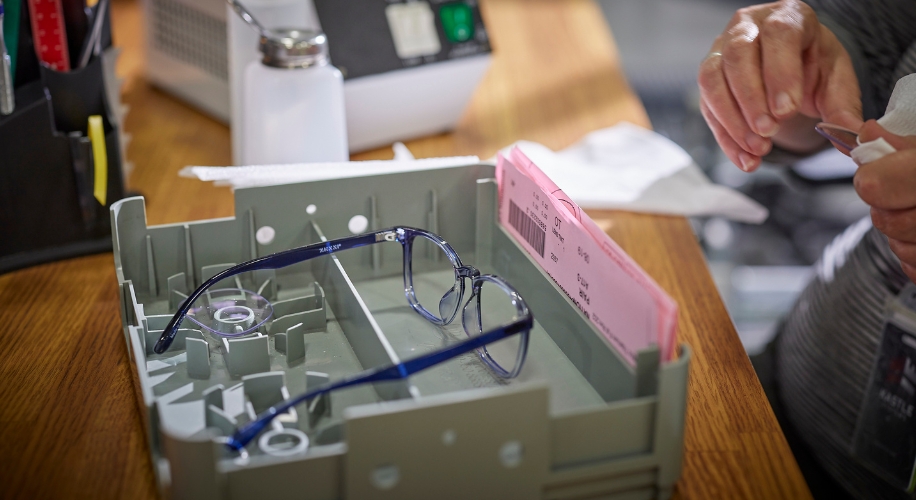Farsightedness and Nearsightedness Explained

Understanding the difference between farsightedness and nearsightedness can be a bit tricky, but it’s important to help you make informed decisions about your eye health. In this post, we’ll delve into each condition’s characteristics, including their causes, symptoms, and treatment options. We’ll also explain what your eyeglass prescription means when it indicates nearsightedness or farsightedness.
Nearsightedness: Seeing Clearly Up Close
Also known as myopia, nearsightedness is a common vision condition that makes distant objects appear blurry while close objects remain clear. It occurs when the eyeball is longer than normal, or the cornea—the clear front cover of the eye—is too curved. This results in light focusing in front of the retina, instead of directly on it.
- Symptoms: Difficulty seeing distant objects clearly (like road signs or a chalkboard), eye strain, and headaches.
- Treatment: Glasses or contact lenses are commonly used to correct nearsightedness. In some cases, refractive surgery may also be an option.

Farsightedness: Distant Objects in Focus
Farsightedness, or hyperopia, is the opposite of nearsightedness. If you’re farsighted, you see distant objects clearly, but close ones are blurry. This happens when the eyeball is shorter than usual, or the cornea is not curved enough, which makes light focus behind the retina.
- Symptoms: Difficulty focusing on close objects (like reading materials), eye strain, and squinting.
- Treatment: Similar to nearsightedness, glasses or contact lenses can correct farsightedness. The type of lens used, however, is different. Refractive surgery is also a possible treatment option.
Interpreting Your Eyeglass Prescription

When you look at your eyeglass prescription, you might see letters like OD, OS, and OU. These abbreviations stand for Oculus Dexter (right eye), Oculus Sinister (left eye), and Oculus Uterque (both eyes), respectively. The numbers following these abbreviations indicate your prescription’s dioptric power, or the lens power needed to correct your vision.
For nearsightedness, you’ll see a minus sign (-) before the number on your prescription. In contrast, a plus sign (+) indicates farsightedness. The higher the number, the stronger the prescription. This guide on understanding eye prescriptions can provide further details. Whether you’re nearsighted or farsighted, remember that proper eye care is crucial. Regular eye exams can help detect these conditions early and allow you to receive appropriate treatment, such as prescription eyeglasses, to restore your vision. After all, clearer vision means a better quality of life.




 Canada
Canada